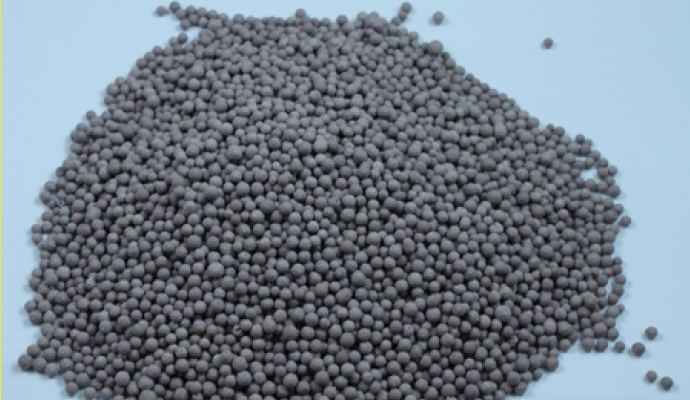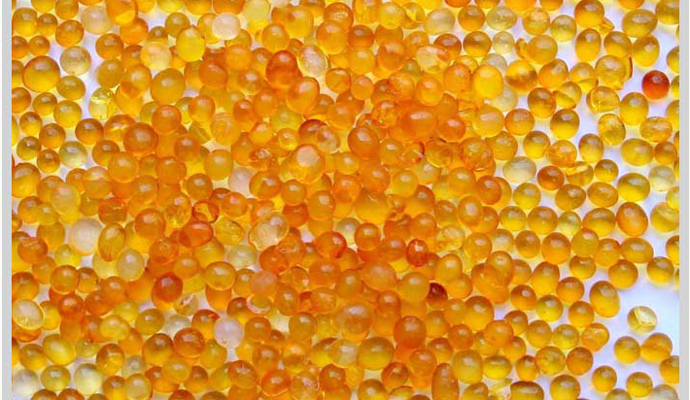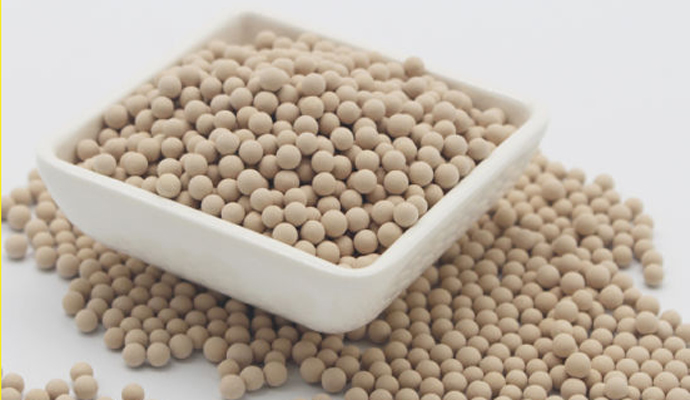Usually when the word “desiccant” is used, people automatically think of the three main types of desiccants: Indicating Silica Gel, Molecular Sieve, and Clay desiccant. Those who have heard of other desiccants, like Calcium Oxide, Montmorillonite Clay and Calcium Sulfide, may or may not have a clear understanding of those desiccant types. Today let me introduce some more desiccant to you.
• Montmorillonite Clay
• Silica Gel
• Indicating Silica Gel
• Molecular Sieve
• Calcium Oxide
• Calcium Sulfate
• Other Adsorbents
Montmorillonite Clay
Montmorillonite clay is a naturally occurring adsorbent created by the controlled drying of magnesium aluminum silicate of the sub-bentonite type. This clay will successfully regenerate for repeated use at very low temperatures without substantial deterioration or swelling. However, this property causes clay to give up moisture readily back into the container as temperatures rise.

Montmorillonite Clay
Clay is a good basic desiccant that works satisfactorily below 120°F (approximately 50°C). Above 120° F, there is a possibility that the clay will give up moisture rather than pulling it in, so anticipated storage and transportation conditions should be considered. The upside to clay is that it is normally the least expensive desiccant per pound.
Clay is highly effective within normal temperature and relative humidity ranges. Its appearance is that of small gray pellets. Care should be taken to be sure that any low level impurities in the clay are not incompatible with the packaged product.
Silica Gel
Silica gel is silicon dioxide (SiO2). It is a naturally occurring mineral that is purified and processed into either granular or beaded form. As a desiccant, it has an average pore size of 24 angstroms and has a strong affinity for moisture molecules. The silica gel will pull in moisture at temperatures up to 220°F (105°C). As temperature goes above 100°F, the rate of moisture pickup will slow down but the silica gel will still work.
Silica gel performs best at room temperatures (70° to 90°F) and high humidity (60 to 90% RH) and will drop the relative humidity in a container down to around 40% RH. In the United States, silica gel is commonly used in food and pharmaceutical applications as only silica gel has been approved by the FDA for direct contact with these items.
Silica Gel
As with clay, silica gel, with its wide range of pore sizes, has the capability of adsorbing compounds other than water. The relative order of adsorbability is: water, ammonia, alcohols, aromatics, diolefins, olefins and paraffins. When the potential for multicomponent adsorption is present, expect the more strongly adsorbed compounds, such as water, to displace the more weakly held ones.
Indicating Silica Gel
Indicating silica gel is a silica gel bead or granule that has been washed with a concentration of cobalt chloride ( a heavy metal salt). The cobalt chloride is a deep blue color when it is dry and turns from blue to purple to pink as it becomes saturated with moisture. Typically, the color changes as the desiccant goes past 8% moisture levels (by weight) and indicates it is time to replace the desiccant.
The most typical use for an indicating silica gel is for a moisture sensitive product that will be inspected regularly as it gives a quick visual indication of how well it is doing. Because of the addition of cobalt chloride, indicating silica gel should not be used in contact with products for consumption such as food or pharmaceuticals.

Indicating Silica Gel
The Dri-Box canister is packed with an indicating silica gel that is regenerable. Instead of replacing the desiccant inside, heating the canister will reverse the adsorbing action and allow the material to be reused.
Molecular Sieve
Molecular sieve is the best desiccant based on technical performance characteristics. Its ability to adsorb moisture, in this case water vapor, is so pronounced that it can remove trapped H20 molecules from a fully saturated silica gel bead, which in turn changes the silica gel back to its original Cobalt blue color.
Molecular sieves are synthetic porous crystalline aluminosilicates which have been engineered to have a very strong affinity for specifically sized molecules. The definitive feature of the molecular sieve structure, as compared to other desiccant medias, is the uniformity of the pore size openings.
 \
\
Molecular Sieve
There is no pore size distribution with molecular sieves, as part of the manufacturing process the pore size on the molecular sieve particles can be controlled. The most commonly used pore size is 4 angstroms (4A) although 3 angstroms (3A), 5 angstroms (5A) and 10 angstroms (13X) are available. This distinctive feature allows for the selection of a molecular sieve product which can adsorb water vapor yet exclude most other molecules such as volatile organic compounds (VOCs) which may or may not be present in the package.
What should we pay more attention on choosing plastic pharma bottle
View More >How Can Plastic Vitamin Tube Keep Dry Environment
View More >Effervescent Tube with Spiral Desiccant Closure
View More >Copyright © Shijiazhuang Xinfuda Medical Packaging Co., Ltd. All Rights
MAKE AN ENQUIRY